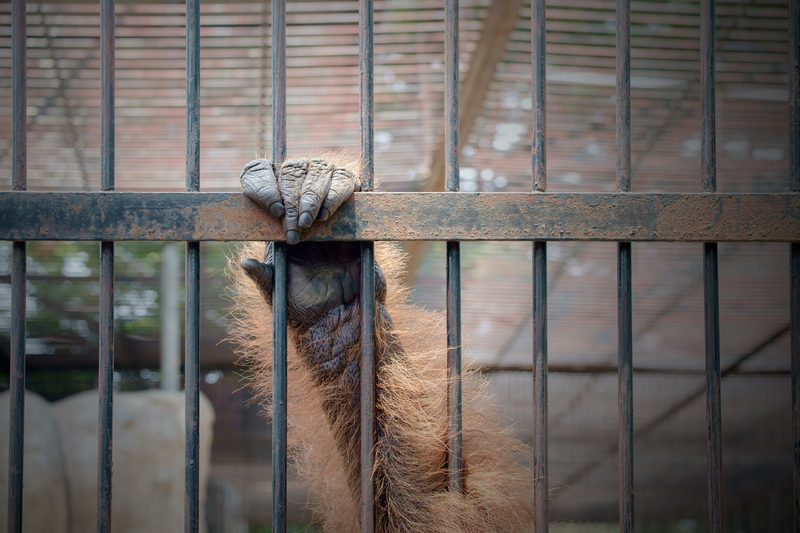Hard Waste: Disposal Guidelines
Posted on 03/11/2025
Dealing with hard waste is an essential part of maintaining a clean environment and ensuring that our living spaces are not cluttered with large, unwanted items. Hard waste refers to bulky household items that cannot be collected through standard waste collection services due to their size and weight. This article will provide comprehensive guidelines on the proper disposal of hard waste, ensuring that you can effectively manage and dispose of these items in an environmentally responsible manner.
What is Hard Waste?
Hard waste generally includes large household items that are no longer useful or needed. Examples of hard waste include old furniture, mattresses, large appliances like refrigerators and washing machines, and other bulky items such as carpets and garden equipment. Understanding what constitutes hard waste is the first step in properly disposing of it.

Importance of Proper Hard Waste Disposal
Proper disposal of hard waste is crucial for several reasons. Firstly, it helps in keeping our environment clean and free from potentially hazardous materials. Secondly, proper disposal ensures that recyclable materials are processed appropriately, reducing the strain on landfills. Finally, adhering to disposal guidelines helps in maintaining the aesthetics and hygiene of our living spaces.
Guidelines for Hard Waste Disposal
1. Check Local Regulations
Different municipalities have varying regulations and guidelines for disposing of hard waste. It is essential to check with your local council or waste management authority to understand the specific rules that apply to your area. This can include scheduled hard waste collection times, limits on the amount of hard waste that can be disposed of, and any fees associated with the service.
2. Prepare Items for Collection
Before placing hard waste items out for collection, ensure they are properly prepared. This may involve dismantling large items into smaller, more manageable parts, securely wrapping items that could cause damage or injury, and placing smaller items in suitable containers. Properly prepared items make the collection process more efficient and safer for waste management workers.
3. Schedule a Collection
Many local councils offer scheduled hard waste collection services. These services typically require residents to book a collection in advance. Check with your local authority about upcoming collection dates and how to schedule a pickup. Some areas offer annual or bi-annual collections, while others may allow for more frequent pickups.
4. Drop-off Facilities
If a scheduled collection service is not available or convenient, many municipalities provide drop-off facilities where residents can bring their hard waste items. These facilities are often equipped to handle a range of bulky items and ensure that they are disposed of or recycled correctly. Check your local area for the nearest drop-off center and any guidelines for using the facility.
Recycling and Reusing Hard Waste
1. Donate Usable Items
Not all hard waste items need to be discarded. If you have items that are still in good condition, consider donating them to local charities, thrift stores, or community organizations. Many of these groups will even pick up large items from your home, making it a convenient way to dispose of unwanted goods while supporting a good cause.
2. Recycling Services
Many hard waste items can be recycled rather than sent to landfill. Appliances, for example, often contain valuable metals and components that can be reused. Check with your local council or recycling center to see which hard waste items can be recycled and the best way to prepare these items for recycling.
3. Repurposing
Before discarding an item, consider whether it can be repurposed or upcycled. For example, old furniture can be restored or modified to serve a new function. This not only reduces waste but can also provide you with unique and personalized items for your home.

Hazardous Hard Waste
Certain hard waste items are classified as hazardous due to their potential to cause harm to people, property, or the environment. Items such as refrigerators (which contain refrigerants), old electronics (which may contain harmful chemicals), and batteries require special handling and disposal procedures.
1. Identifying Hazardous Waste
Understanding which items are classified as hazardous is essential. Common hazardous hard waste items include:
- Refrigerators, freezers, and air conditioners
- Televisions and computer monitors
- Batteries and electronic waste (e-waste)
- Chemical containers and paint tins
2. Special Disposal Procedures
Hazardous items should never be placed out for regular hard waste collection. Many municipalities have specific programs and facilities for handling these materials safely. Contact your local waste management authority to find out how to dispose of hazardous hard waste properly.
3. Take-back Programs
Some manufacturers offer take-back programs for their products, accepting old items for recycling or proper disposal. This is particularly common for electronics and large appliances. Check with the manufacturer or retailer to see if such a program is available for your item.
Conclusion
The disposal of hard waste requires careful consideration and adherence to local guidelines to ensure that it is managed in an environmentally responsible manner. By checking local regulations, preparing items correctly, and utilizing scheduled collection services or drop-off facilities, you can efficiently manage your hard waste disposal. Additionally, considering options for recycling, donating, or repurposing items can further reduce environmental impact and support community initiatives. Proper handling of hazardous hard waste is also critical to avoid potential harm. Through these comprehensive guidelines, everyone can play a part in keeping our environments clean and sustainable.



